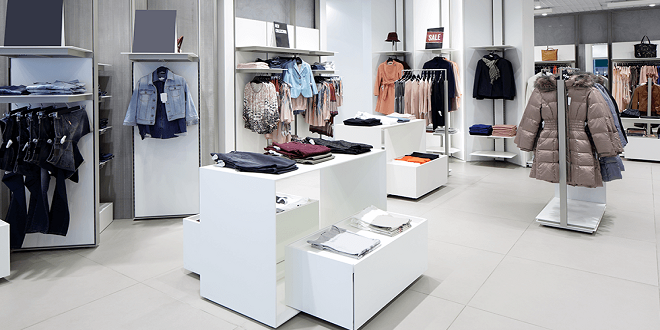Your Cash Flow Forecast and Capital Spending Plan

Introduction
In Chapter 6, you drafted your estimated Profit and Loss Forecast. While it tells you a lot about the big financial picture, it leaves you ignorant of many details. If you overlook one critical detail, you may go broke, even though your business seems profitable viewed from afar
The crucial detail a business owner must manage is called cash flow. Cash flow is another term for the money coming into and going out of your business. Positive cash flow occurs when the money coming into your business exceeds the money flowing out, and negative cash flow is the opposite.
In the day-to-day world of starting and operating your business, you will be at least as concerned about short-term cash flow as you will be about long-term profitability. After all, you don’t want your creditors to sue you because you can’t pay your bills even though your sales are increasing rapidly. One new business owner I know even wears a T-shirt that says: “Happiness is positive cash flow.
Prepare Your Capital Spending Plan
Your capital spending plan includes all the things you have to buy before your business begins bringing in sales revenue, including opening inventory, fixtures and equipment, business licenses, deposits for the building lease, and whatever else you need.
Open a computer file or take out a clean sheet of paper and write “CAPITAL SPENDING PLAN” at the top. Now, make a list of all the things you’ll have to buy before you open. This will enable you to make a good estimate of the cash you need to open your doors
The list shown below sets out many common items businesses needs to purchase before they are ready to open. Some of the items you’ll buy will be considered capital items, which depreciate over their useful lives. All preopening expenses represent your capital investment in the business, regardless of whether they are treated as capital items or expensive items. If you have doubts about whether an item can be depreciated, ask your accountant.
Now assign specific dollar amounts to each item on this list. If you’re unsure about the cost of an item, ask the person from whom you’ll buy the item for an estimate or a quote. Try for plus or minus 10%. Remember that you’re trying for an accurate estimate here, so use the numbers you think are right. Most experienced
business people will add another 10% to 20% of the total as a contingency to allow for poor guesses and other foul-ups. If you think you need such a contingency and haven’t included it already, add it in now. Add up all the items you’ve listed to get an estimate of the cash you need to open your business.
last word
Your capital spending plan should reflect the exact amounts you will spend as accurately as possible. For example, it was okay for Antoinette to use estimates of costs when she thought about her business in general terms, but now she needs to be precise. She should have shopped around for the best deals by now and know them.




